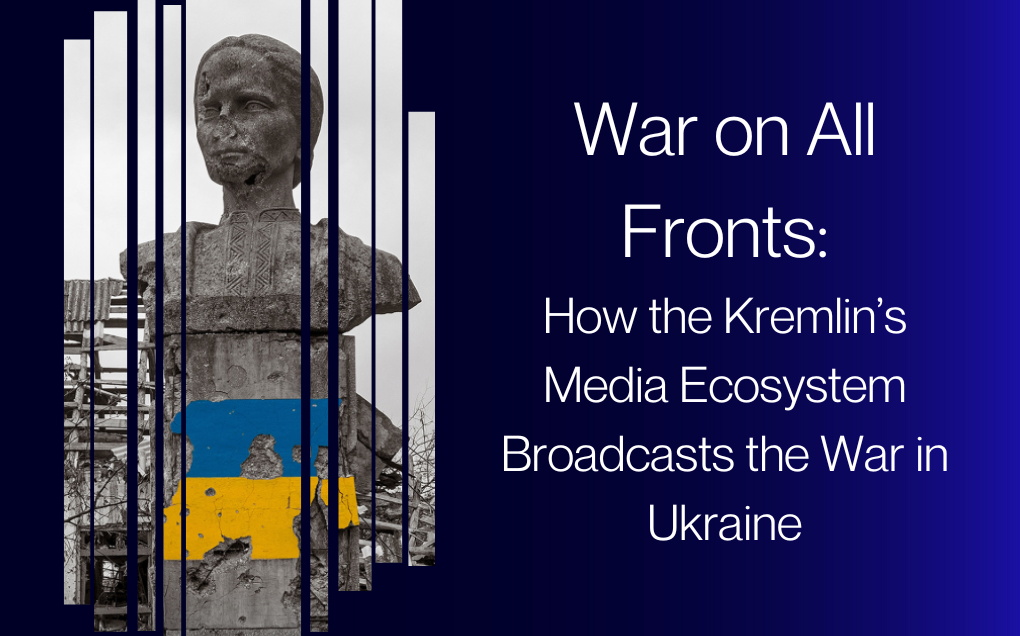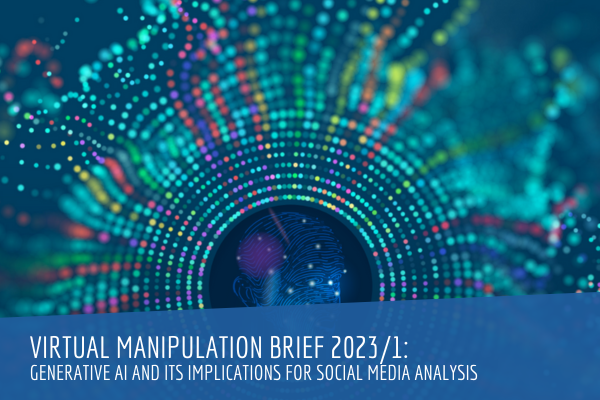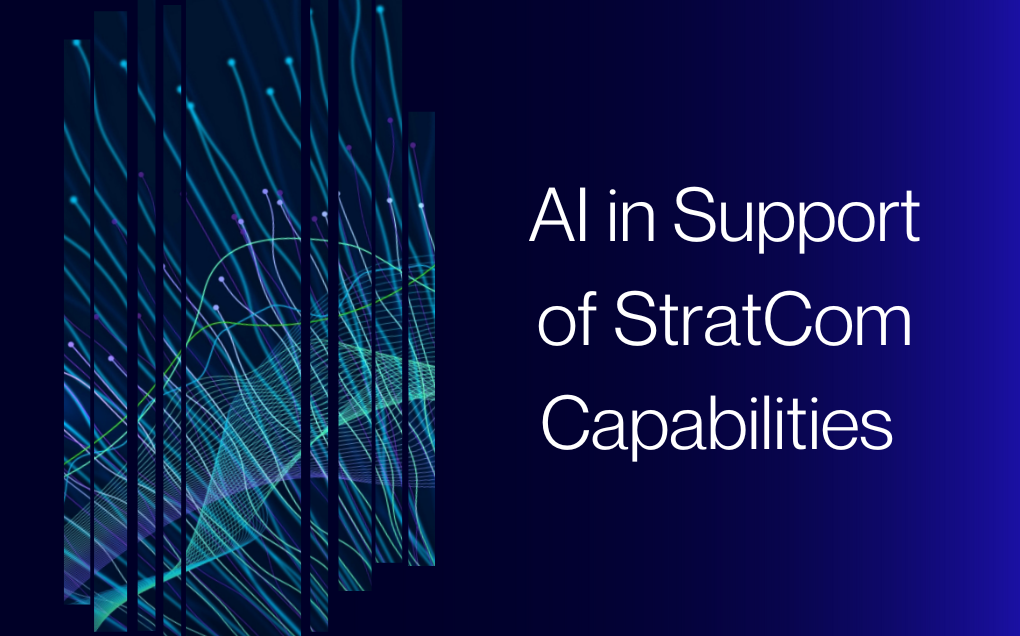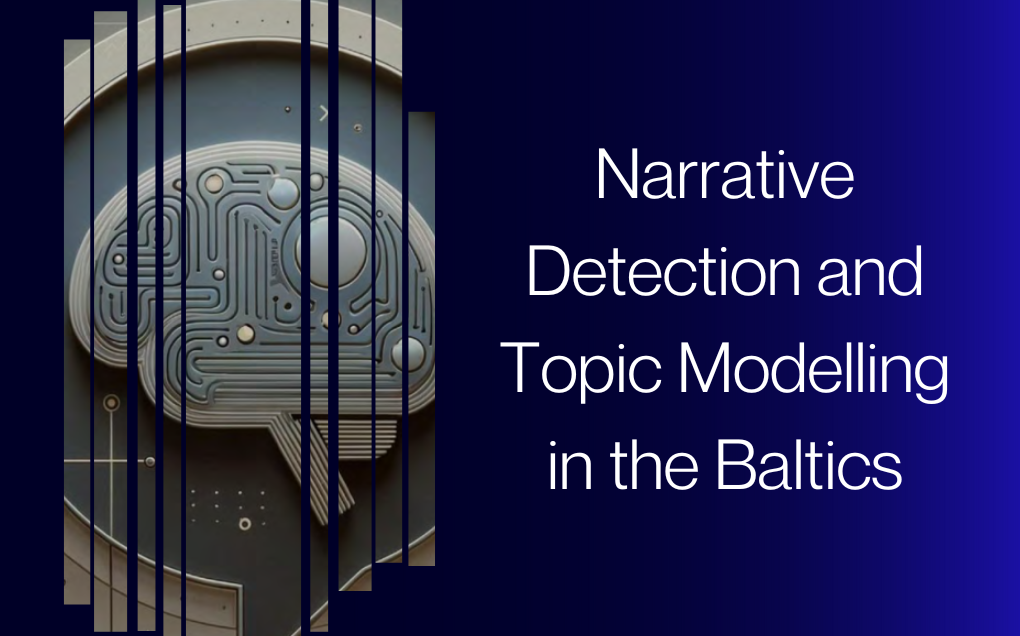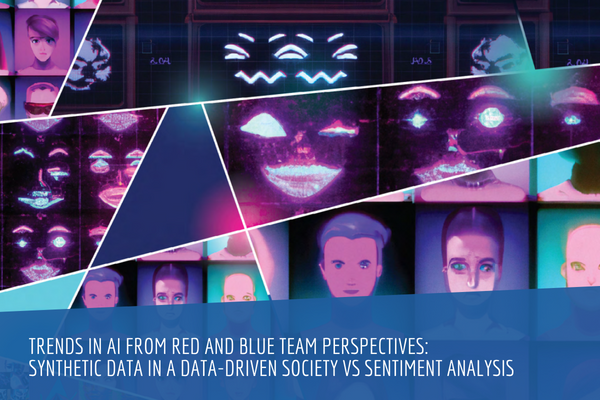The Virtual Manipulation Brief expands the remit of the NATO StratCom COE’s Robotrolling series, first published in 2017. It extends the analysis beyond automated messaging about NATO’s presence in the Baltics and Poland to include Russia’s discourse about the Alliance more broadly, as well as the online campaigns against Ukraine. Launched in October 2022, the Virtual Manipulation Brief offers a concise roundup of the latest insight into the extent, reach, and influence of social media manipulation.
In our inaugural issue of the Virtual Manipulation Brief, we tracked changes in the Kremlin’s communication about its War against Ukraine. We analysed the impact of EU sanctions and tracked how Russian propagandists shifted their operations to Telegram. The second issue highlighted how new generative AI tools can also be a boost for defenders. In the third issue we studied how verified propagandist profiles on Twitter (now X) can benefit from that status. We also dived deeper into the AI tools used for information campaigns, and analysed
the activity of Russian propaganda in the Hamas-Israeli war.
The сurrent issue of the Virtual Manipulation Brief was prepared in partnership with Osavul – an AI-powered software platform for information environment assessment. Osavul’s technology has been actively used to combat hostile influence operations in Ukraine, across the EU and neighboring countries and in the U.S.
The technical capabilities of Osavul provided a comprehensive coverage of threat actors activities, specifically on Telegram, and automated identification of hostile campaigns against NATO and coordinated groups involved in them.


